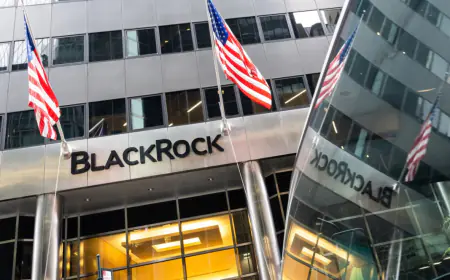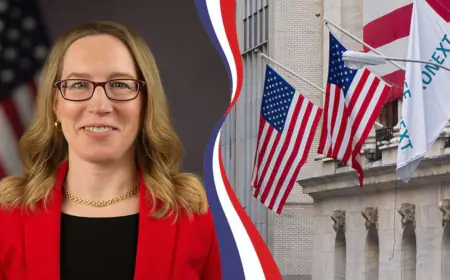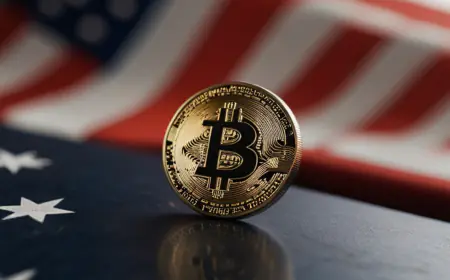What is up with the U.S. labor market?
April’s job report threw everyone for a loop. While experts polled by Bloomberg were betting on a robust 241,000 jobs added, the actual figure limped in at a mere 175,000. This wasn’t just a miss. It was the weakest increase we’ve seen in half a year, signaling a potential cool-down in the U.S. bustling labor […]

April’s job report threw everyone for a loop. While experts polled by Bloomberg were betting on a robust 241,000 jobs added, the actual figure limped in at a mere 175,000. This wasn’t just a miss. It was the weakest increase we’ve seen in half a year, signaling a potential cool-down in the U.S. bustling labor scene.
Economic Strategies and Uncertainties
The recent job data dropped into an already complex conversation about U.S. economic policy. Earlier in the week, Jay Powell, Chair of the Federal Reserve, made it clear that high borrowing costs might stick around to combat persistent inflation. During a Federal Open Market Committee meeting, he indicated a stall in the progression toward the 2% inflation target, hinting that interest rates could hover between 5.25-5.5% for the foreseeable future.
However, the unexpected dip in job growth has sparked some chatter among traders about the possibility of an earlier-than-anticipated rate cut. This speculation stirred the market, leading to a drop in treasury bond yields and a boost in stock prices. Essentially, the slower job growth might be a backdoor blessing for borrowers, influencing future Federal Reserve decisions.
Policy Implications and Market Reactions
While traders and investors play the guessing game, President Joe Biden finds himself in a delicate position as the U.S. gears up for upcoming elections. The current high borrowing costs are a sore spot for many Americans, potentially impacting voter sentiment and political fortunes. Despite the political pressures, Powell stood firm on the policy’s independence from the electoral timeline.
Amid these policy discussions, Federal Reserve Governor Michelle Bowman highlighted that inflation might stay elevated for a while but could eventually taper off if rates remain unchanged. Her commentary suggested that the low inflation readings at 2023’s end were just a brief respite, not a new trend. The ongoing debate within the Fed touches on the balance between supporting economic growth and managing inflation risks.
Bowman refrained from signaling imminent rate cuts, instead advocating a cautious approach to any future policy adjustments. This stance reflects the broader Fed sentiment that while easing is on the table, the timing and extent are still up in the air.
The Fed’s preferred inflation gauge showed a slight uptick in March, reinforcing the decision to maintain the policy rate at a two-decade high. This strategic choice aims to ensure that inflation pressures ease sufficiently before any policy loosening.
What's Your Reaction?









































































































